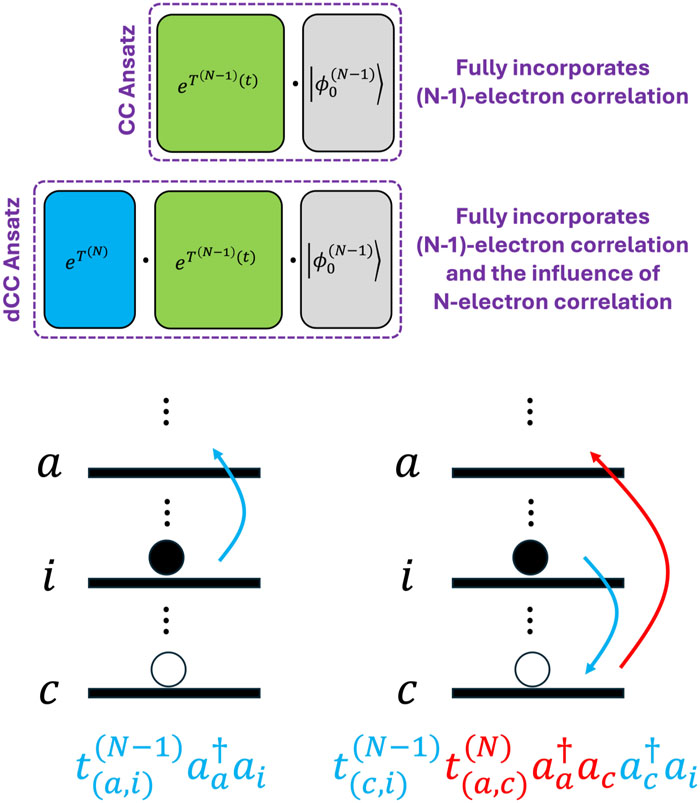2025-06-12 パシフィック・ノースウェスト国立研究所(PNNL)
<関連情報>
- https://www.pnnl.gov/publications/new-doubly-segmented-ionene-membrane-increases-carbon-dioxide-permeability-during
- https://pubs.rsc.org/en/content/articlelanding/2024/ta/d3ta05223k
CO2分離のための精密分割PEEK-イオネン+イオン液体複合膜 Precisely segmented PEEK–ionene + ionic liquid composite membranes for CO2 separation
Sudhir Ravula,Ying Chen,Kevin W. Wise,Pravin S. Shinde,Eric D. Walter,Abhi Karkamkar,David J. Heldebrant and Jason E. Bara
Journal of Materials Chemistry A Published:20 Dec 2023
DOI:https://doi.org/10.1039/D3TA05223K
Abstract
Ionenes, polymers with ionic groups incorporated directly within the backbone are a highly versatile class of materials, although they have received much less attention than polyelectrolytes which have ionic groups pendant from the polymer backbone. By designing ionenes that incorporate robust properties of poly(ether ether ketone) (PEEK), we have achieved new imidazolium-containing PEEK–ionene architectures that create opportunities for enhanced CO2 separation membranes. To achieve these materials, an new imidazole-functionalized PEEK oligomer (ImK(EEK)2KIm) was synthesized through facile and straightforward routes. This molecule was then polymerized via condensation reactions with two different aromatic (α,α′-dibromo-p-xylene) and aliphatic (dibromohexyl containing-bis(imidazolium)hexane dibromide salt) comonomers and exchanged with bistriflimide ([Tf2N]) anion to obtain two unique PEEK–ionenes containing distinct PEEK and ionic segments: p([ImK(EEK)2Im-p-xyl][Tf2N]2) and p([ImK(EEK)2(ImC6)3][Tf2N]4). While the neat PEEK–ionenes exhibited high molecular weight but were not able to form high-quality films, adding stoichiometric amounts of “free” IL (1-methyl-3-butylimidazolium bistriflimide, [C4mIm][Tf2N]), greatly improved the flexibility and processability of the resultant membranes. Further, the structure–property relationships of bulk PEEK–ionenes and corresponding composites were extensively characterized by different analytical techniques (thermogravimetric analysis, differential scanning calorimetry, X-ray diffraction, and solid-state NMR). The gas separation properties were investigated, with the PEEK–ionenes + IL composites exhibiting CO2 permeabilities of 14–94 barrer and good CO2/N2 permselectivities of 26–35, indicating that new designs of segmented ionenes and composites with ILs a promising material design strategy for developing gas separation membranes.




